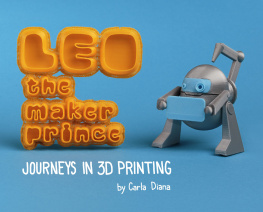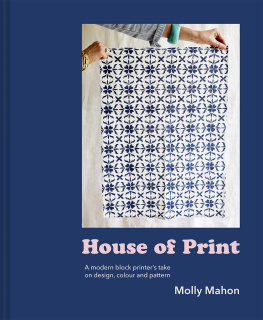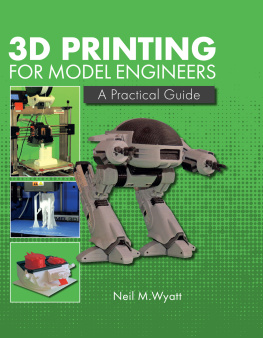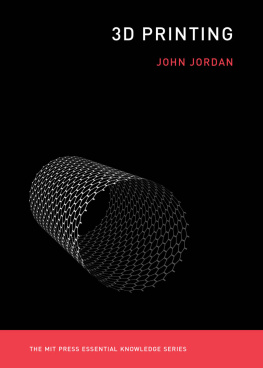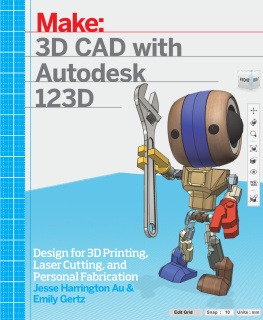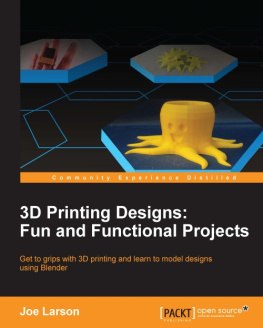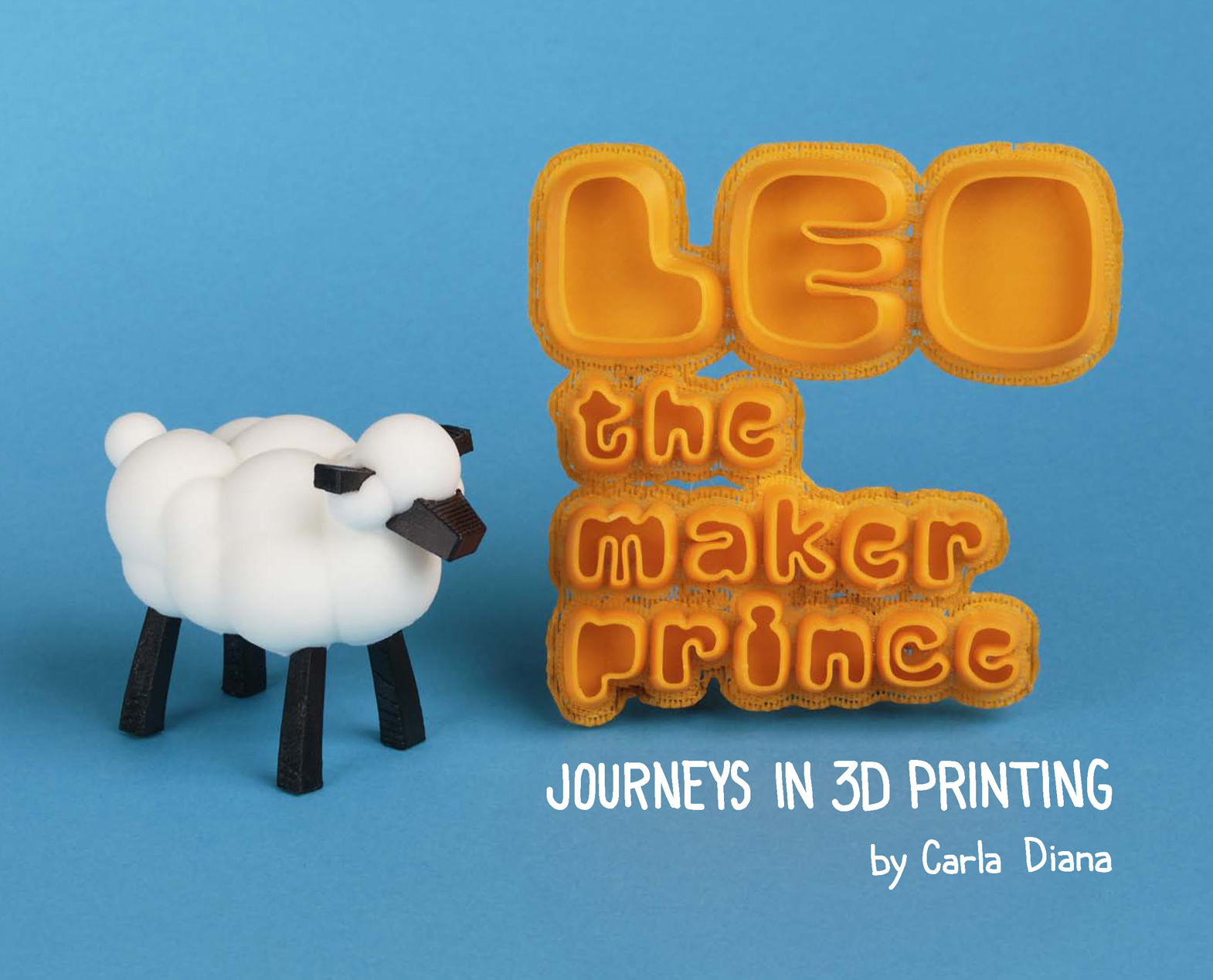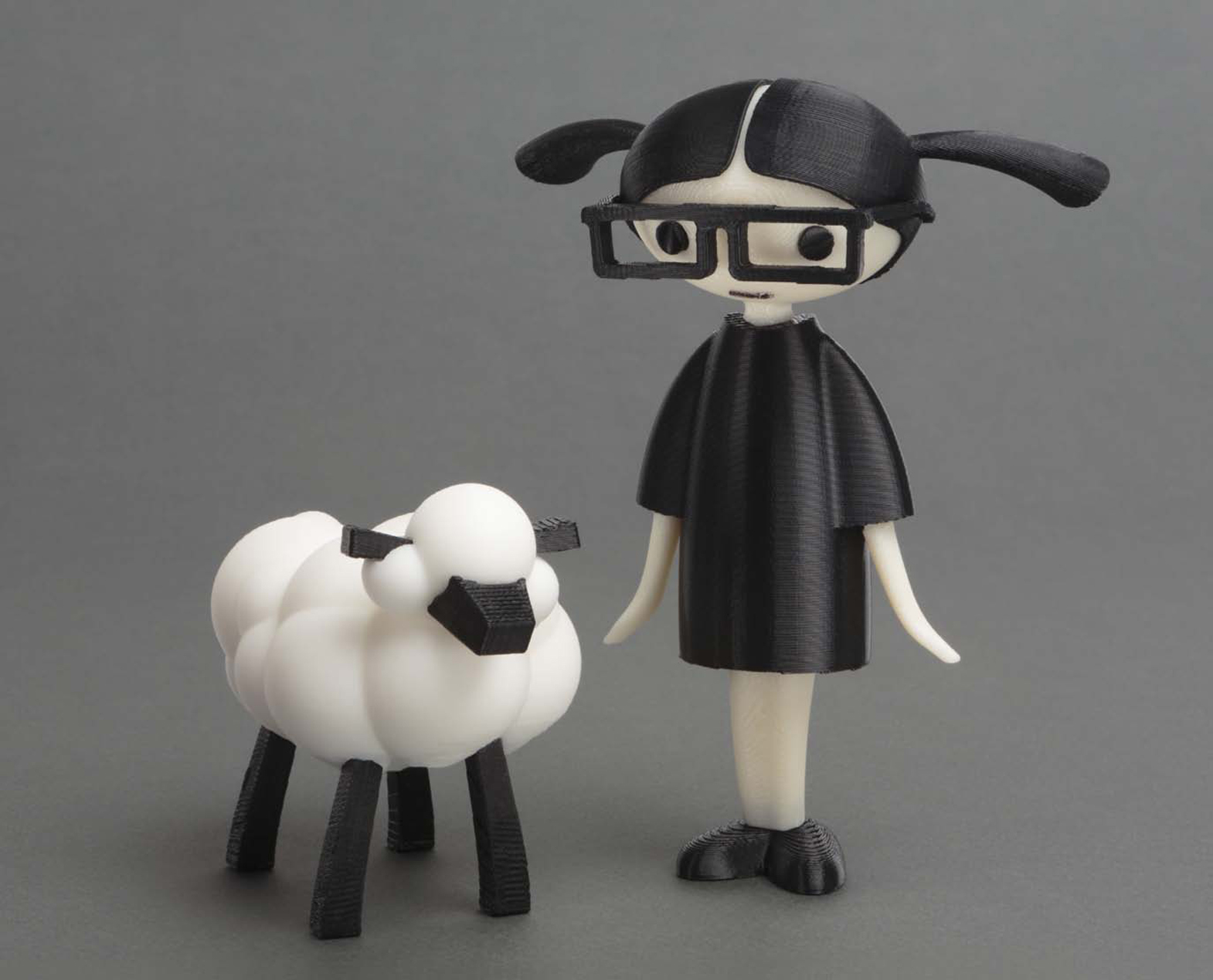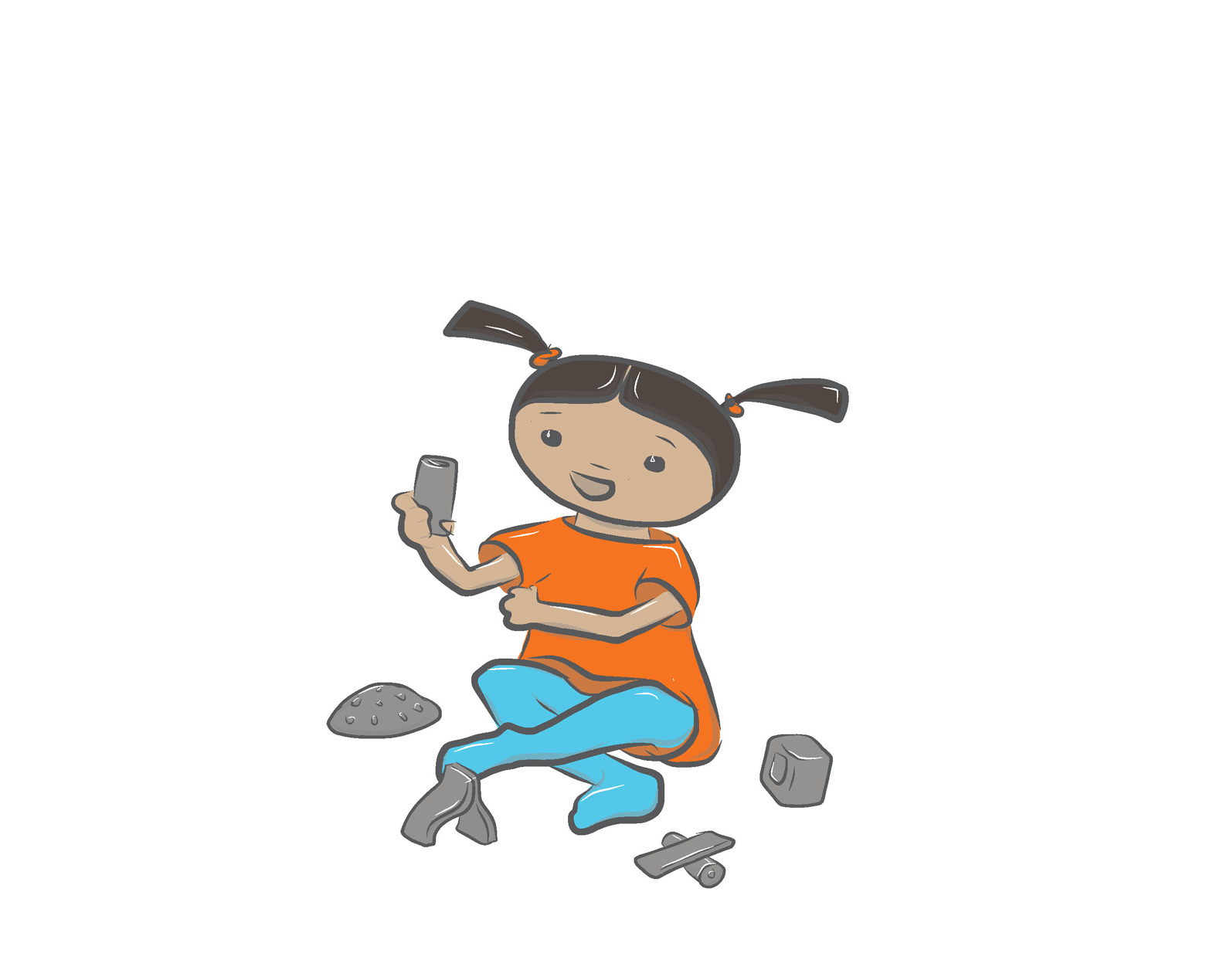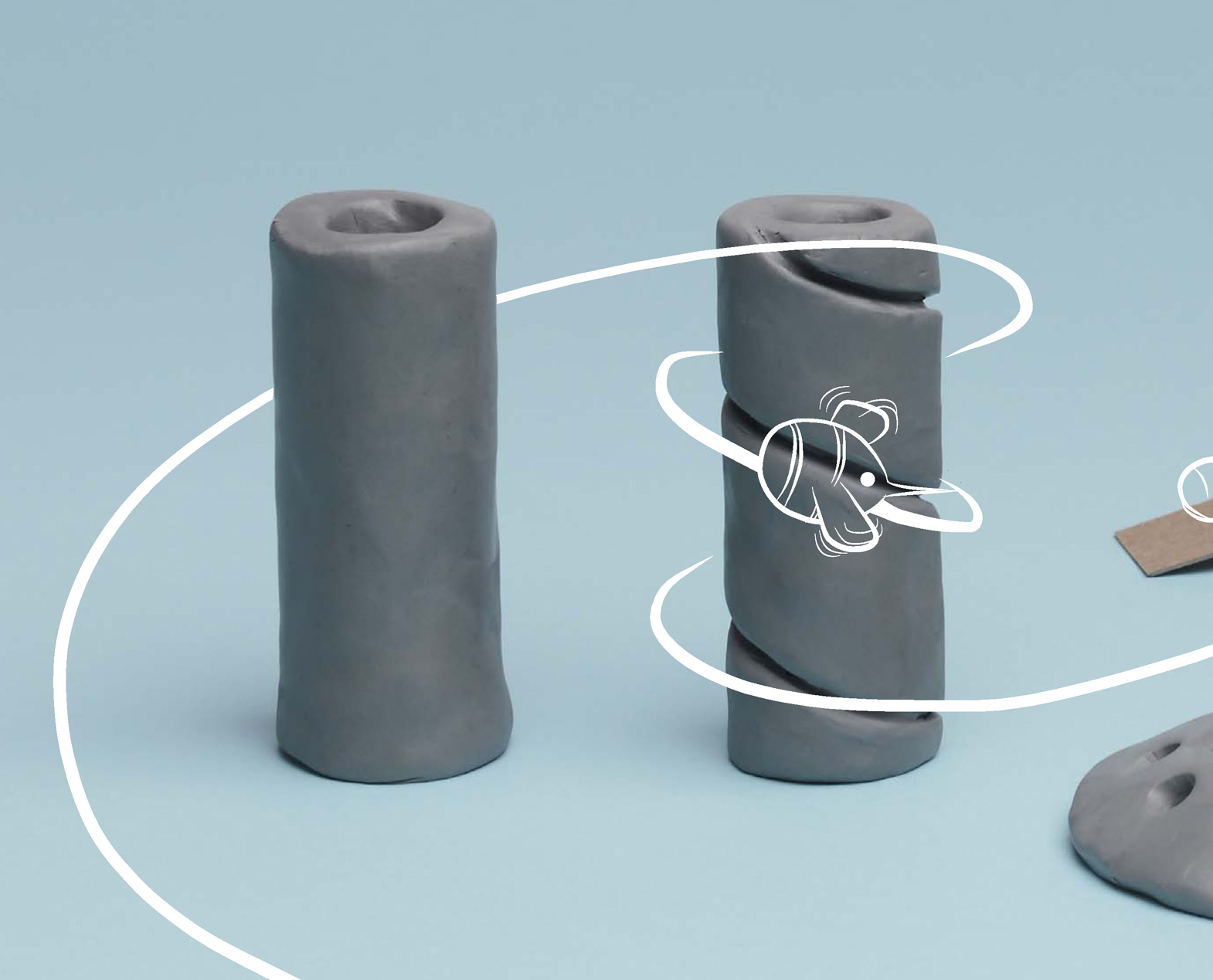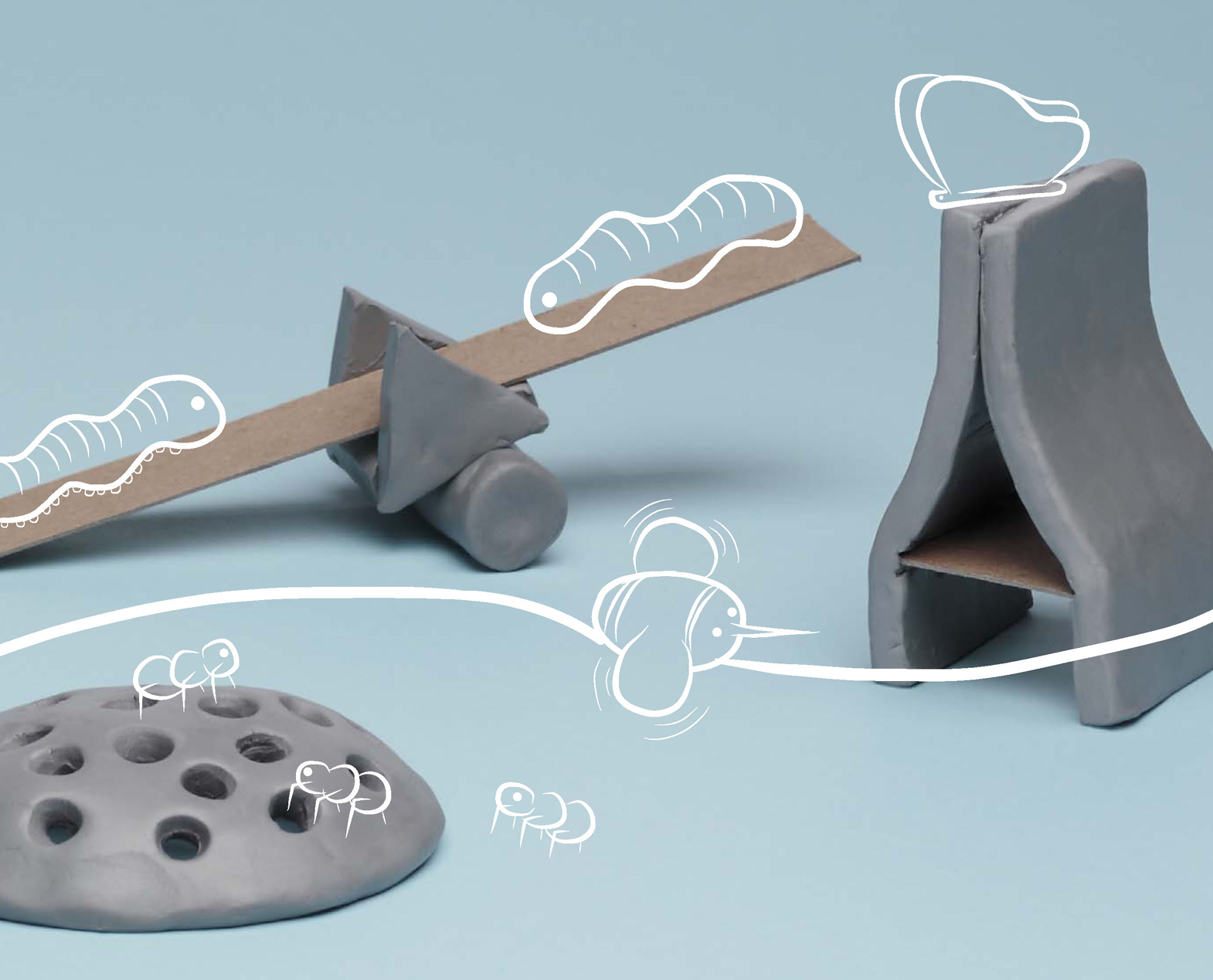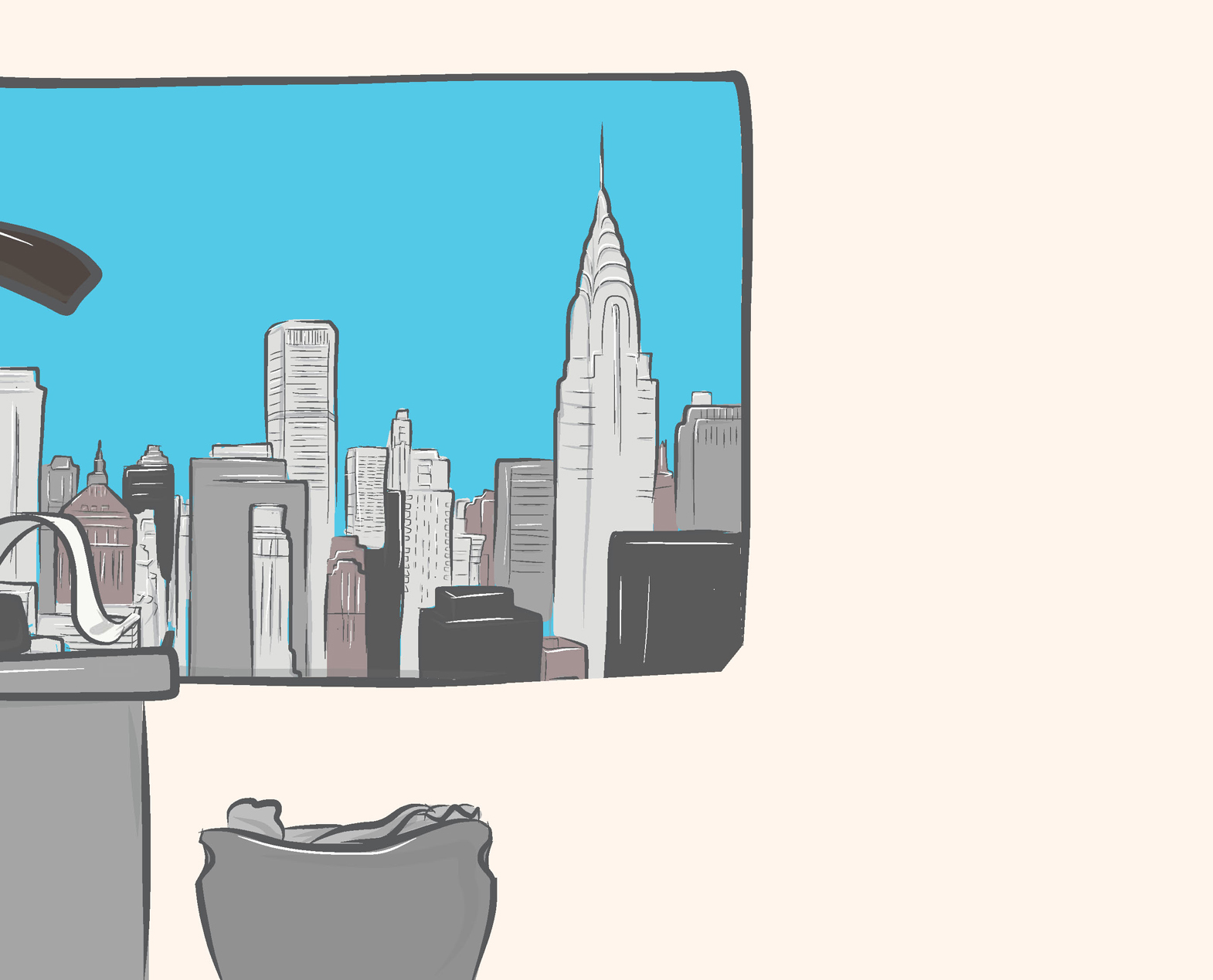This book is dedicated to my father, Joseph C. Diana,
who taught me to find wonder in everything.

LEO the Maker Prince: Journeys in 3D Printing
by Carla Diana
Visit LeoTheMakerPrince.com to learn more, or go to Thingiverse.com/LeoTheMakerPrince
to download the objects in this book.
Copyright 2014 Carla Diana. All rights reserved.
Printed in Canada.
Published by Maker Media, Inc., 1005 Gravenstein Highway North, Sebastopol, CA 95472.
Maker Media books may be purchased for educational, business, or sales promotional use.
Online editions are also available for most titles ( http://my.safaribooksonline.com ). For more
information, contact OReilly Medias corporate/institutional sales department: 800-998-9938 or
Editor: Brian Jepson
Story, illustration, and object design: Carla Diana
Book design: Nicholas Lim
Story editor: Cindy D. Hanson
Photography: Claudia Christen
Design and production assistance: Alexa Forney
December 2013: First Edition
The Make logo and Maker Media logo are registered trademarks of Maker Media, Inc.
Many of the designations used by manufacturers and sellers to distinguish their products are
claimed as trademarks. Where those designations appear in this book, and Maker Media, Inc.,
was aware of a trademark claim, the designations have been printed in caps or initial caps.
While every precaution has been taken in the preparation of this book, the publisher and author
assume no responsibility for errors or omissions, or for damages resulting from the use of the
information contained herein.
ISBN: 978-1-4571-8314-0
[TI]

FOREWORD
2013 has often been called the year of the 3D printer.
While the technology for automatically fabricating solid,
3Dimensional objects based on stereolithography has been
around for decades, it was so expensive that it could only be
used in industrial and commercial applications. Only very
sophisticated manufacturing facilities and design firms
could afford one, and the parts themselves were expensive to
produce, compared to the price of a similar, mass-produced
part. They were also delicate and highly limited in terms of
material qualities.
What led up to this change in 2013 was the fact that the DIY
movement encouraged people tinkering with making their
own kinds of electronic, customized devices. Built from off-the-
shelf components, housed in laser-cut panels, and assembled
by hand, these devices formed the foundation for visions of
new products. One such device was the MakerBot, launched in
2009 by MakerBot founders Bre Pettis, Adam Mayer, and Zach
Hoeken Smith, who created the first affordable 3D printer at a
hacker space in Brooklyn, N.Y., NYC Resistor. With their vision
of creating 3D printing for the masses, the MakerBot marked
what might be called a Macintosh moment, referring to the
turning point when a vision of turning an expensive piece of
equipment made for business use only (the computer) into a
central and ubiquitous part of everyday life became reality.
In 2009 the first MakerBots were sold at a price of $1300, over
one tenth the price of the Dimension uPrint, one of the leading
professional 3D printers at the time. By mid-2013, 30,000
MakerBots were out in the world, and more than a dozen other
companies creating different types of inexpensive 3D printers
had formed.
While the vision of 3D printers for the home has become a
reality, there are still many predictions for how exactly they will
be used or what impact they will have on everyday life. Some
theories say people will download their products, making a
single object from a digital file rather than going to a store
and buying a mass-produced item off a shelf. Others predict
the printer will be used to enhance or modify existing objects,
allowing people to customize products to suit their individual
tastes and needs. And others believe that the 3D printer
will spawn new types of microfacturing businesses where
entrepreneurs with new ideas can quickly build, replicate, and
distribute new products themselves, with very little overhead
and startup cost.
This book is a celebration of those possible futures. Though the
visions may be a little blurry today, clouded by the limitations
of current machines and material combinations, they are
exciting glimpses into how putting new technologies into the
hands of regular people like you and me can change the world.
In sharing these visions through a book intended for 5 to 8
year-olds (and creators of all ages), we hope to not only mark
this moment in time, but to inspire a rich future of invention
for decades to come. By putting these ideas into the hands of
children, we can jumpstart our ambassadors for the future.
With excitement and a loving nod to Antoine de Saint-Exupry,
we invite you to enjoy LEO the Maker Prince.

